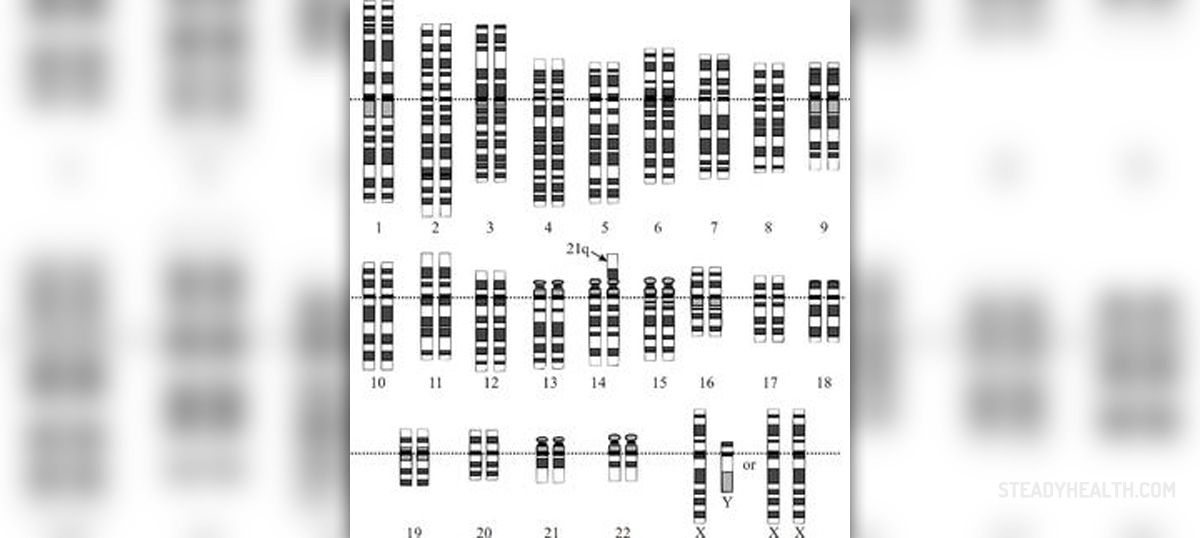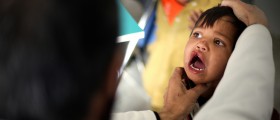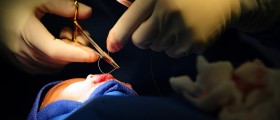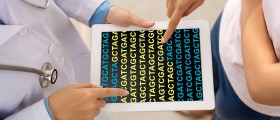
Trisomy is a condition which affects fetuses due to the presence of an additional chromosome in their DNA. This can result in numerous disorders, some of which are Down syndrome, Edward syndrome and Patau syndrome, being the most common.
A Genetic Disorder
Our genes have an incredible impact on everything that we are. Basically, they resemble blueprints, but these blueprints are made for our bodies. Moreover, every cell in our body contains its own copy of this blueprint inside its nucleus. When multiple genes are connected together, they form chromosomes, which are strands of an acid called the DNA.
Humans contain 23 pairs of chromosomes, with two sex chromosomes which make us either male and female and 44 chromosomes which carry information about and manage many other processes of our body. If a person contains 47 chromosomes instead of 46, trisomy affects him/her and they are commonly impaired both physically and mentally.
Facts about Trisomy
Science is yet to discover the true reason behind the formation of an additional chromosome. Nevertheless we know that preventing this is not possible, at least not with the current medical knowledge and methods.
Mothers older than 37 have greater chances of giving birth to children with trisomy. Also, fathers older than fifty have increased chances of having children with this disorder. Finally, having more than 5 children makes the 6th and the other, subsequent, babies more prone to trisomy.
Types of Trisomy
Down syndrome, being one of the most common types of trisomy is also referred to as trisomy 21, due to the anomaly on the 21st chromosome.
Children with this syndrome have legs which are slightly slanted outwards, extra fold of the skin on the inside of the eyes, flat ears and face, small teeth, and shorter build.
Edward syndrome is called trisomy 18 and involves kidney, heart, lungs, ureter and diaphragm damage or dysfunction, cleft palate or lip, a skull which is smaller than normal, deformations of hands and feet, with missing fingers and excessive skin connecting the toes. Additionally, sex organ malformations and neural tube defects are both signs of this syndrome.
Finally, the Patau syndrome manifests through a small skull with an untypical rupture, brain malformations, eye defects, cleft lip or palate, extra toes or fingers, heart defects and neural tube defects along with sex organ malformations, sharing certain symptoms with the Edward syndrome.
Trisomy during pregnancy can be noticed if a single artery is present in the umbilical cord, if the placenta and the baby are abnormally small, if there is decreased activity of the fetus as well as some abnormalities visible on the ultrasound image.

















Your thoughts on this
Loading...